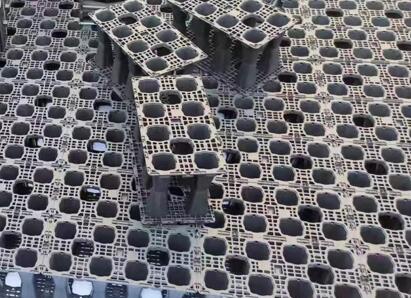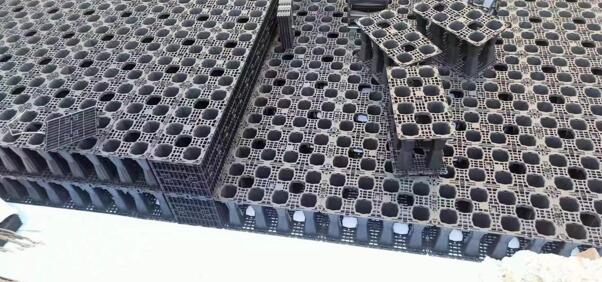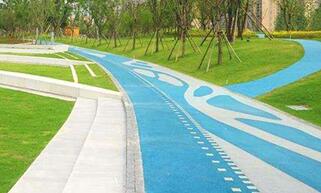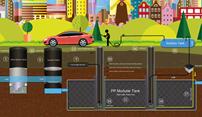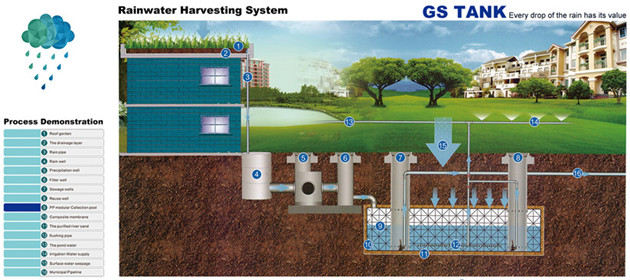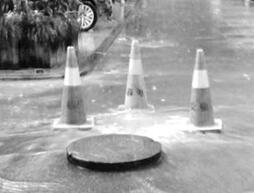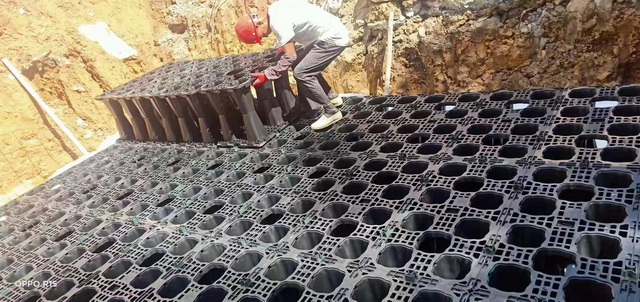Rainwater collection system keeps waterlogging and stagnant water away from the city
There is such a saying in the city: a rain can know the perfection of a city’s infrastructure. In recent years, seeing the sea in cities during the rainy season has become a natural phenomenon. Obviously, the traditional rainwater management model can no longer meet the needs of urban drainage, and large-scale drainage system improvement projects must be used to deal with it. However, improving large-scale drainage systems in densely populated urban areas is often difficult due to land, environmental, and cost constraints.
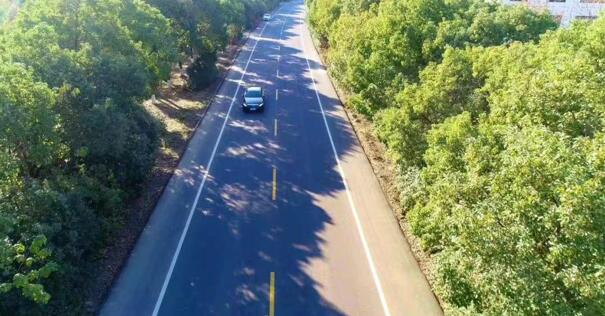 Therefore, the concept of sponge city came into being. Sponge city refers to a city that, like a sponge, has good “elasticity” in adapting to environmental changes and responding to natural disasters. It absorbs, stores, seeps and purifies water when it rains, and “releases” the stored water when needed. And use it to make the movement of water in the city more “natural”. Promote the construction of sponge cities, so that cities have ‘resilience’ when it rains
Therefore, the concept of sponge city came into being. Sponge city refers to a city that, like a sponge, has good “elasticity” in adapting to environmental changes and responding to natural disasters. It absorbs, stores, seeps and purifies water when it rains, and “releases” the stored water when needed. And use it to make the movement of water in the city more “natural”. Promote the construction of sponge cities, so that cities have ‘resilience’ when it rains
Our company adheres to the belief of “making the city better and making the residents’ lives worry-free”, actively promotes the construction of sponge cities, and focuses on the research and development of sponge city drainage technology. Rainwater harvesting systems are well-received by the industry.
System principle
The roof and municipal road comprehensive rainwater collection system is to install a rainwater storage tank (assembled by several rainwater modules) underground, collect rainwater through a collection pipe, and purify the rainwater through a rainwater purification device to meet the design and use. Standard, and then connect the water to the ground through the water pump outlet pipe. The roof rainwater is relatively clean, with less impurities, sediment and other pollutants. It can be directly discharged into the water storage system after being discarded and simply filtered for use after treatment. After treatment, it can be used for flushing toilets, watering roads, watering lawns, water features, and even circulating cooling water and fire fighting water.


